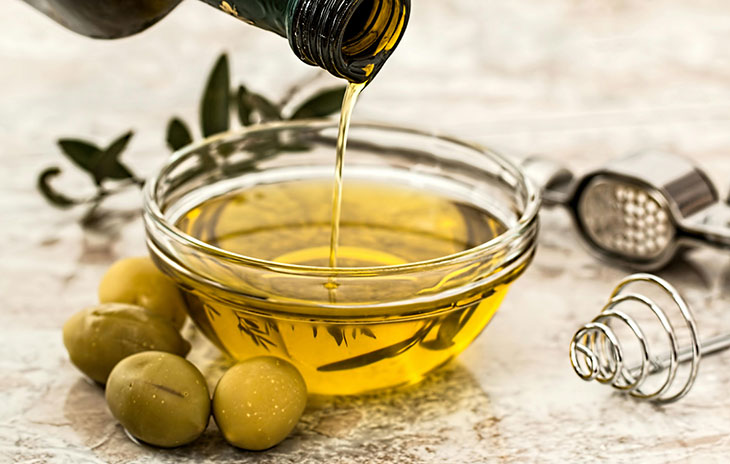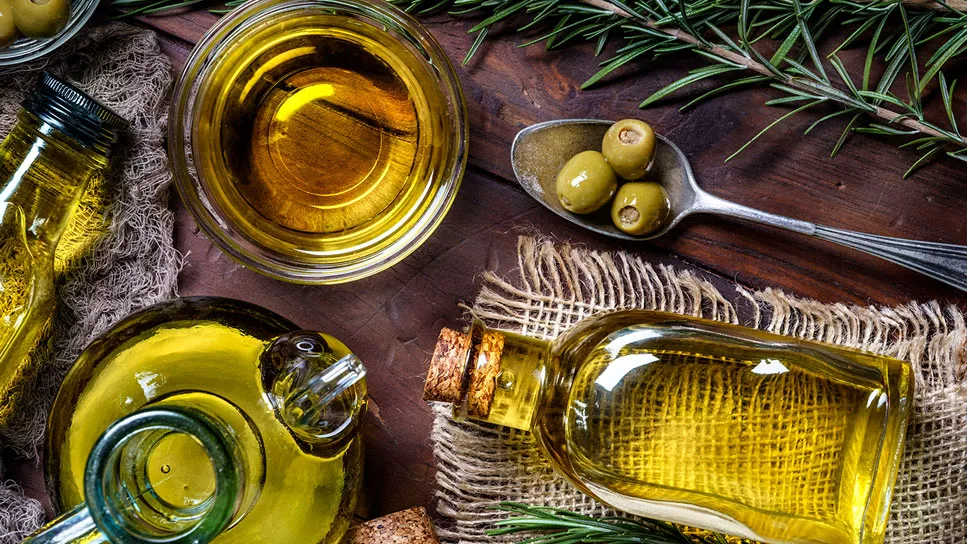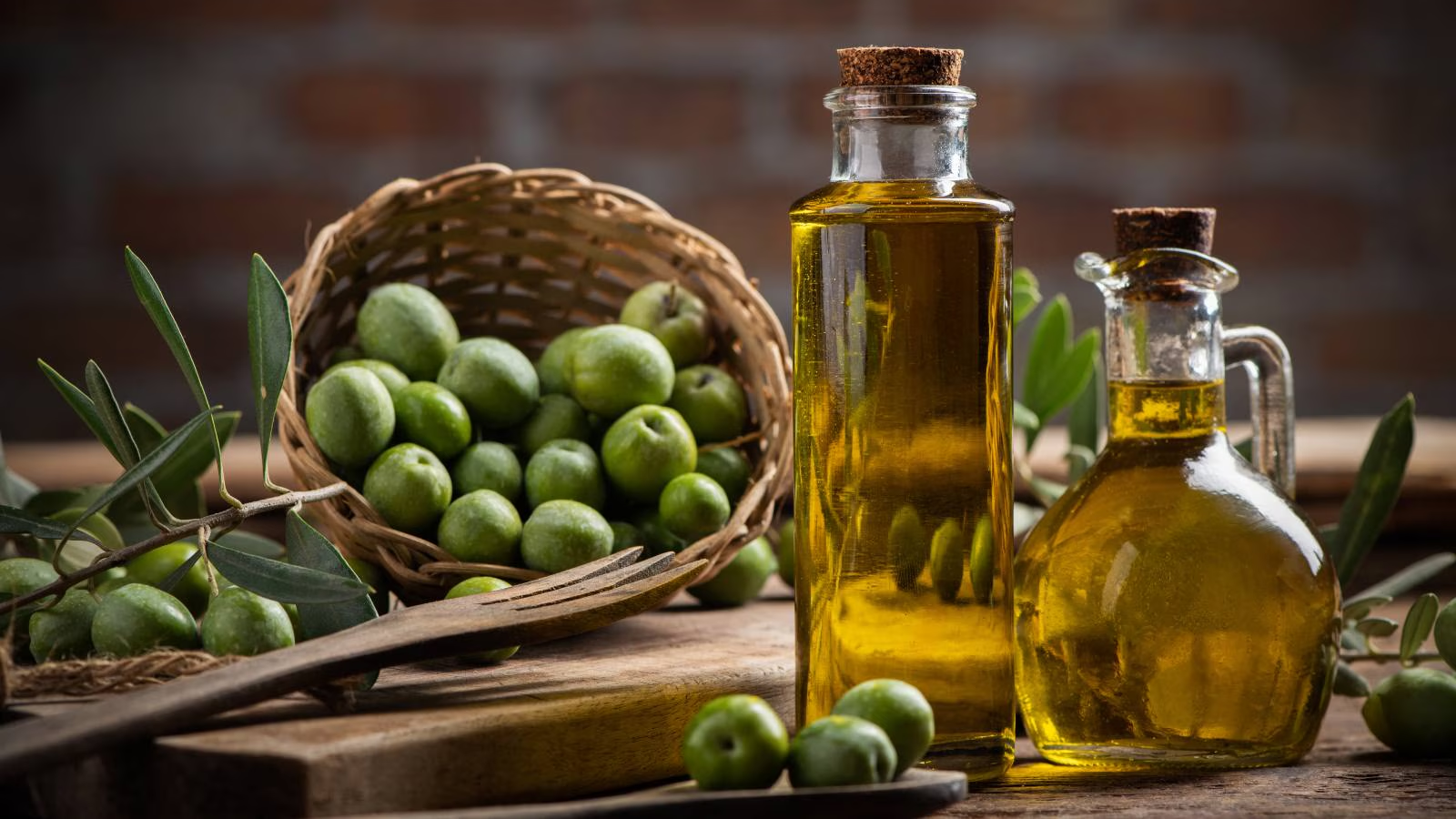Olive oil is widely celebrated for its numerous health benefits. Packed with monounsaturated fatty acids, it’s known to boost life expectancy by reducing the risks of heart disease, high blood pressure, and stroke. Additionally, it combats osteoporosis, prevents skin cancer, and helps alleviate depression.
However, not all olive oils are created equal; many on the market fall short of high-quality standards. Read on to discover how to ensure you pick the best bottle.
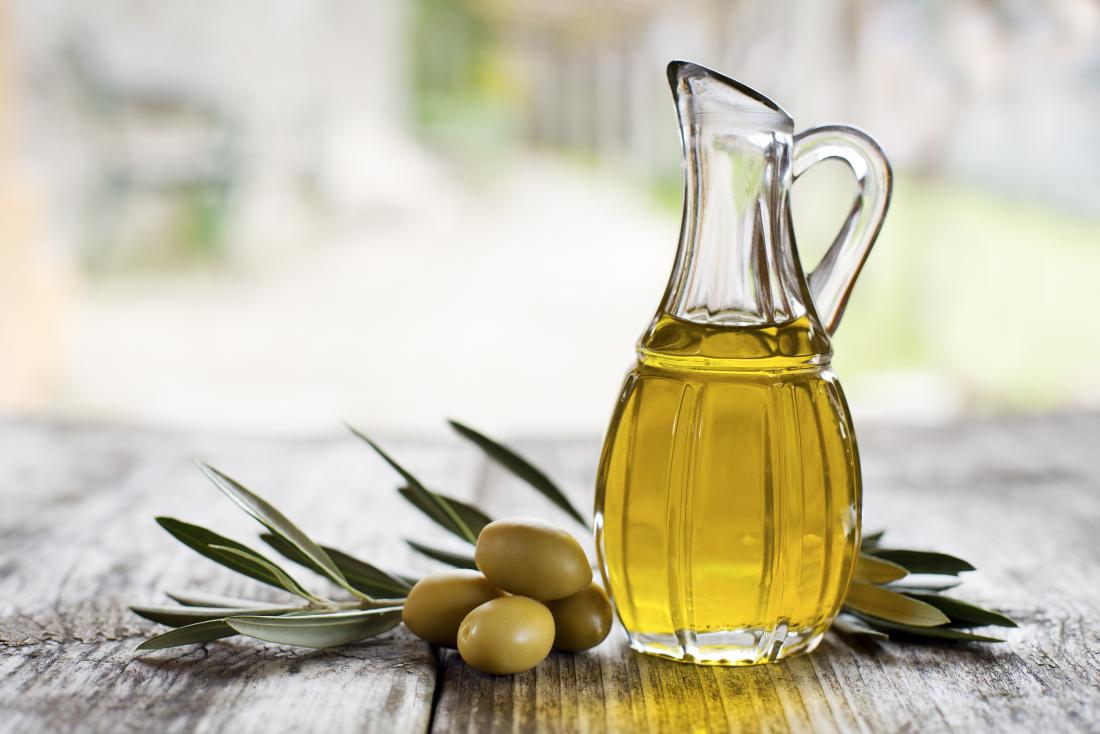
The Olive Oil Production Process
The journey of olive oil from grove to bottle is a meticulous one. Olives are carefully harvested and stored in shallow containers to avoid crushing, which can lead to oxidation and fermentation, resulting in a bitter taste.
Once harvested, the olives are ground into a paste using large stainless steel rollers. This paste undergoes a process called malaxation—a slow stirring with water for up to 40 minutes, which helps the oil molecules concentrate.
The paste is then placed in a centrifuge, where it is spun at high speed to separate the oil and water from the solid material. The extracted oil is stored in stainless steel containers at around 65°F before it is bottled and distributed.
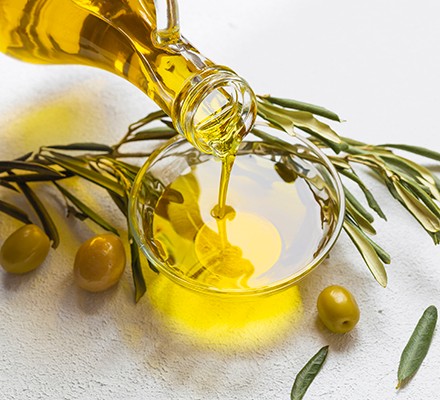
How to Identify High-Quality Olive Oil
To ensure you’re buying top-notch olive oil, look for the following traits:
- Pungency
High-quality olive oil should create a slight peppery sensation at the back of your throat—a sign of freshness and the presence of healthy antioxidants. This kick is brief and not overpowering. - Fruity Notes
Because olives are a fruit, the oil should have a fresh, fruity flavor. Whether the olives were ripe or green, the oil should taste light and vibrant. - Bitterness
A touch of bitterness indicates the oil is made from fresh olives. While not everyone enjoys this flavor, a lack of bitterness might mean the oil is old or of low quality.
Signs of Poor-Quality Olive Oil
Be cautious if you notice any of the following flavors in your olive oil:
- Metallic Taste
A metallic flavor suggests excessive contact with metal during processing, which lowers quality. - Moldy or Musty Flavor
This indicates improper storage, which allows fungi and bacteria to develop, negatively impacting taste. - Vinegar-Like Smell
A sour, wine-like aroma suggests unwanted fermentation, a sign the oil isn’t fresh. - Rancidity
Rancid oil, smelling like rotting meat or stale nuts, has passed its shelf life.
Easy Tests for Authentic Olive Oil
- Check the Label
Look for the term “100% extra virgin olive oil.” A quick online search can also confirm if a brand meets this standard. - The Fridge Test
Extra-virgin olive oil, rich in monounsaturated fats, solidifies when cold. Place your olive oil in the fridge—if it turns cloudy or solidifies, it’s likely genuine.
For the highest quality, consider buying olive oil from local producers. Artisan oils often meet authenticity standards and deliver superior freshness.
Recommended and Avoided Brands
Here are some trustworthy olive oil brands:
- Enzo Organic Delicate: Praised for its clean, organic taste.
- Chacewater Mission: Known for its balanced flavor and antioxidant richness.
- California Blend: A smooth, fruity option with local origins.
- Frantoio Grove: Robust flavor with complete transparency from grove to bottle.
- Pacific Sun: Fresh, artisanal oils committed to quality.
Brands to avoid due to lower quality or misleading claims:
- Bertolli: Often blended with cheaper oils.
- Pompeian: Fails freshness tests, hinting at poor storage.
- Colavita: Suspected of dilution with non-virgin oils.
- Filippo Berio: Criticized for overprocessing and lack of authenticity.
- Newman’s Own: Inconsistent in meeting extra-virgin standards.
Storing Olive Oil for Optimal Freshness
Proper storage is essential to maintain olive oil’s flavor and health benefits. Keep it in a cool, dark place, away from heat sources and sunlight, as exposure to heat can degrade its quality. Once opened, aim to use the oil within six months to a year.
Refrigeration is not ideal as it causes the oil to solidify and lose some of its natural flavor. Instead, store it in a pantry or cupboard with a stable, cool temperature to preserve its freshness.
The Takeaway: Making the Right Choice
Olive oil is a cornerstone of healthy living, adding flavor to dishes while providing essential nutrients. However, to fully enjoy its benefits, it’s crucial to choose high-quality, extra-virgin olive oil. Look for oils that are pungent, fruity, and slightly bitter, as these traits indicate freshness and authenticity.
Stick with trusted brands or local artisans for the best results, and avoid oils with red-flag flavors like metallic, moldy, or rancid notes. By investing in good olive oil and storing it properly, you can savor its health benefits and elevate your cooking.



